As businesses continue to evolve in the digital age, merely migrating to the cloud is no longer sufficient. To stay competitive, organizations must develop cost-effective and scalable cloud strategies that go beyond initial migration. This involves embracing multi-cloud and hybrid cloud approaches, leveraging AI-driven optimization tools, and implementing robust cost-reduction techniques.
The Rise of Multi-Cloud and Hybrid Cloud Strategies
In today's dynamic business environment, flexibility and resilience are paramount. This has led to the adoption of multi-cloud and hybrid cloud strategies:
- Multi-Cloud Strategy: This approach involves utilizing multiple public cloud services from different providers, such as AWS, Google Cloud, and Microsoft Azure. By doing so, businesses can avoid vendor lock-in, optimize performance by selecting best-of-breed services, and enhance redundancy. For instance, a company might use AWS for storage solutions, Google Cloud for machine learning capabilities, and Microsoft Azure for enterprise applications.
Connect, protect, and build everywhere - Hybrid Cloud Strategy: This model combines on-premises infrastructure with public and/or private cloud services, allowing data and applications to move seamlessly between environments. Hybrid clouds are ideal for organizations with specific regulatory requirements or those needing to keep certain operations on-premises while leveraging the scalability of the cloud.
VMware Cloud
Reducing Cloud Costs While Maximizing Performance
Optimizing cloud expenditure without compromising performance is a critical objective for many organizations. Strategies to achieve this include:
- Right-Sizing Resources: Regularly assess and adjust cloud resources to match the actual usage needs. Over-provisioning leads to unnecessary costs, while under-provisioning can affect performance.
- Implementing Autoscaling: Utilize autoscaling features to automatically adjust resources based on demand. This ensures that you pay only for what you use, scaling up during peak times and down during low usage periods.
Wikipedia - Leveraging Reserved Instances: For predictable workloads, purchasing reserved instances can offer significant cost savings compared to on-demand pricing.
The Impact of AI-Driven Cloud Optimization Tools
Artificial Intelligence (AI) is transforming cloud optimization by providing intelligent tools that enhance efficiency and performance:
- Predictive Analytics: AI can analyze usage patterns to predict future resource needs, allowing proactive scaling and cost management.
IJCTT - Automated Resource Management: AI-driven tools can dynamically allocate resources in real-time, ensuring optimal performance and cost-effectiveness. For example, platforms like Sedai offer autonomous cloud management that optimizes compute, storage, and data resources across various cloud services.
Autonomous Cloud Management - Enhanced Security: AI can monitor for anomalies and potential security threats, providing an additional layer of protection for cloud environments.
TechWrix
Conclusion
Developing a cost-effective and scalable cloud strategy requires a comprehensive approach that goes beyond mere migration. By adopting multi-cloud or hybrid cloud strategies, implementing robust cost-optimization techniques, and leveraging AI-driven tools, businesses can enhance performance, reduce costs, and maintain a competitive edge in the digital landscape.
At MP Nerds, we specialize in providing strategic cloud solutions tailored to your business needs. Our expertise ensures seamless scalability and optimization of your cloud environment. Learn more about our cloud consulting services here.
Engage with us on social media using the hashtags: #CloudComputing #HybridCloud #CloudOptimization






